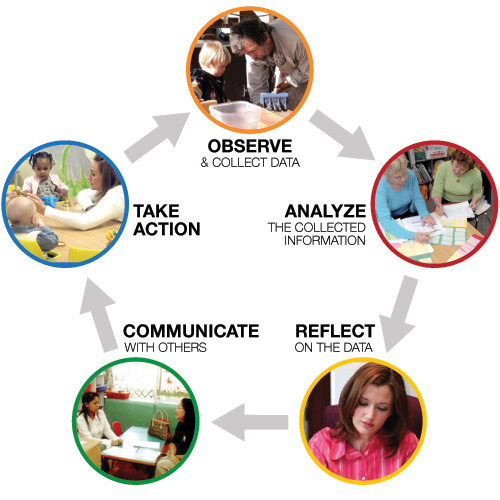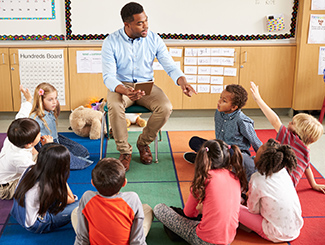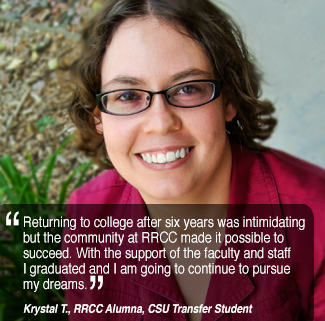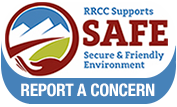Data Collection through Observation
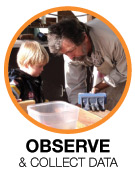
Why is observation the best way to collect data?
What is useful information to know about the child?
What kinds of recommended resources are available for collecting data through observation?
Data Collection through Observation
Definition of purpose. Observing children, assessing them and teaching are inseparable processes. When children are assessed as part of the teaching-learning process, then observation and assessment information tells caregivers and teachers what each child can do and what he or she is ready to learn next. For example, parents watch an infant grow stronger and more confident in walking while holding on to furniture or adults. They "assess" their child's readiness to walk and begin to encourage independent walking by offering outstretched hands across small spaces. In the same vein, preschool teachers and primary-grade teachers use formal and informal observations and assessments to gauge what things children already know and understand, what things could be understood with more practice and experience, and what things are too difficult without further groundwork. This may include appropriate use of early learning readiness measures to be used in planning next steps in instruction. Teachers also use their observations and assessments of children's learning to reflect on their own teaching practices, so that they can adjust and modify curricula, instructional activities, and classroom routines that are ineffective.
Adapted from: (Principles and Recommendations for Early Childhood Assessments, 1998).
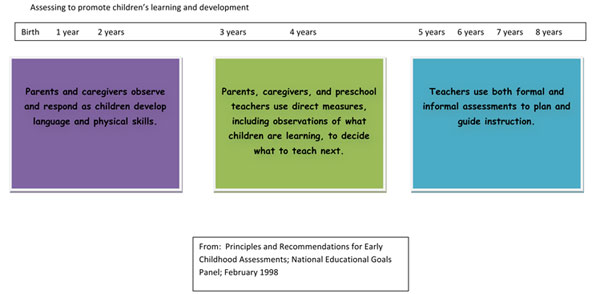
Why do I need to collect data?
- Data provides you with the evidence you need to implement appropriate teaching strategies with all the children.
- Data assures you provide the "right" activity for each child.
- Data helps you to share with others "parents, team members, directors, and specialists" the reasoning behind your choice of...
- Data helps you to know the child.
To further explore why you may want to collect data, view the following titles in The Results Matter Video Library.
- Linking Documentation and Curriculum
- Connecting Learning Opportunities
- The Essential Role of Observation and Documentation
- Documentation as a Habit
- Using Documentation at Emerald Preschool
Articles to consider:
Why is observation the best way to collect data?
- Observation allows you to step back and "see" the child in a new way.
- Observation allows you to focus on the child rather than being distracted by everyday learning and caregiving routines.
- Observation allows you to see the child demonstrate skills and abilities during ordinary moments of the day.
- Observation allows you to see the "whole child" in his natural setting.
To further explore reasons for using observation to collect data, view the following resources:
- The Power of Documentation: http://www.naeyc.org/files/tyc/file/Seitz.pdf
- Titles from The Results Matter Video Library: http://www.cde.state.co.us/resultsmatter/RMVideoSeries.htm
-
- What is Authentic Assessment
What is useful information to know about the child?
- Developmental information (social, emotional, cognitive, language and motor skills)
-
- Link to: www.parentingcounts.org/information/timeline/#tab-physical
- Link to: http://www.cdc.gov/ncbddd/actearly/milestones/
- Link to: Zero to Three Age-based handouts: http://www.zerotothree.org/about-us/areas-of-expertise/free-parent-brochures-and-guides/age-based-handouts.html
- Growth and Development Cards CDHS: http://www.colorado.gov/cs/Satellite?c=Document_C&childpagename=CDHS-ChildYouthFam%2FDocument_C%2FCBONAddLinkView&cid=1251587286078&
pagename=CBONWrapper - Child Development: http://earlychildhoodcolorado.org
- Interests - What intrigues or challenges a child
- Strengths
- What the child "knows and can do"
- Connections with friends and family
- Approaches to learning
- Problem-solving strategies
To further explore the types of information you may want to collect, view the following resources:
- Why Portfolio Assessment Works: http://www.earlychildhoodnews.com/earlychildhood/article_view.aspx?ArticleID=495
- Assessing Young Children: http://www.pbs.org/teachers/earlychildhood/articles/assessing.html
Resources: Observation formats, blank templates, video resources from CDE including Larry Edleman technology information
STAGES OF THE TEACHING SPIRAL:
Observe and Collect Data
Analyze the Collected Information
Reflect on the Data
Communicate with Others
Take Action